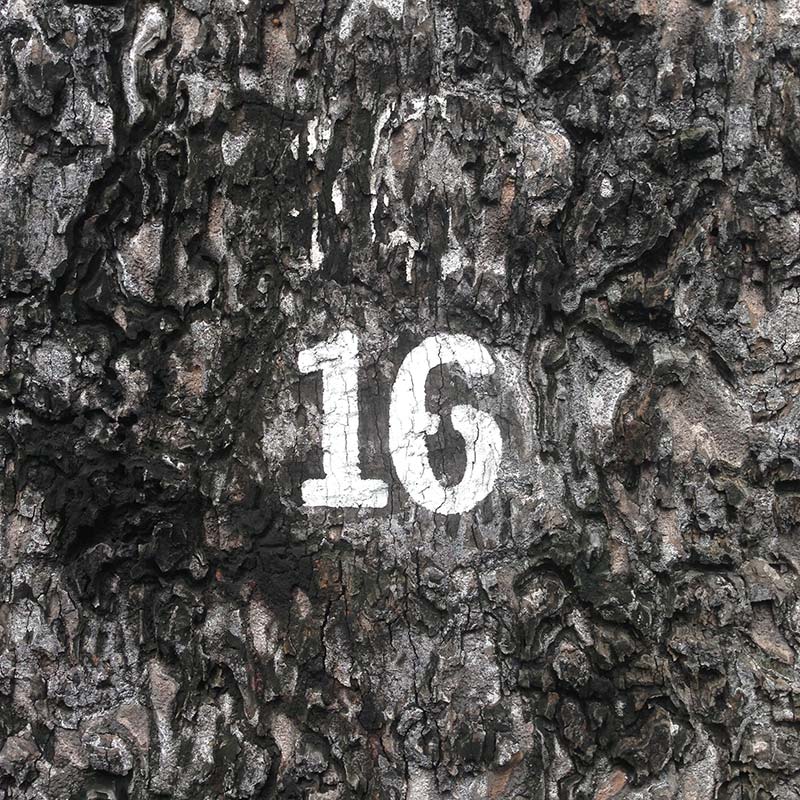
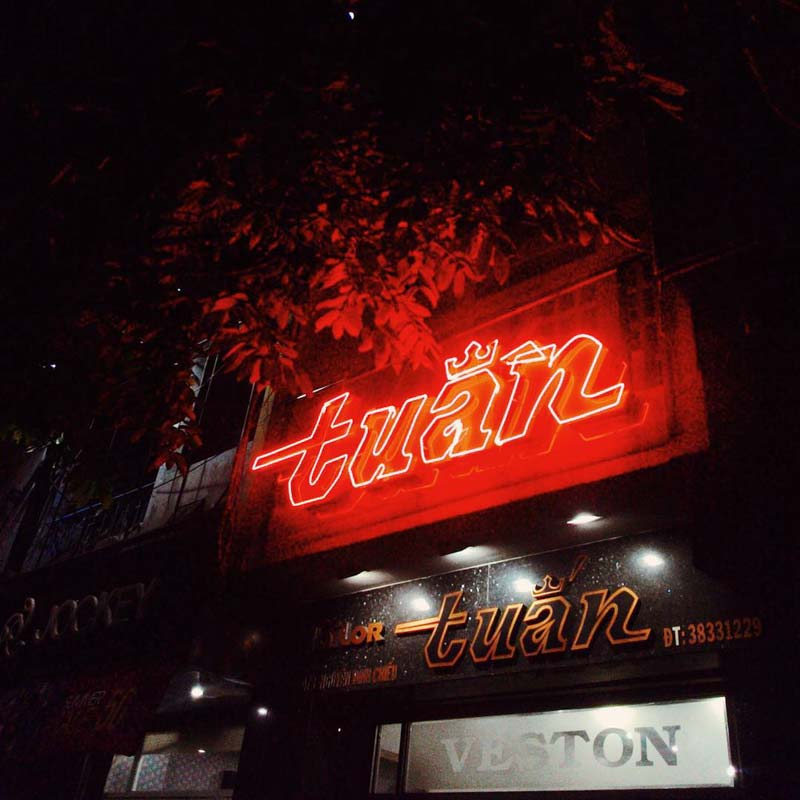
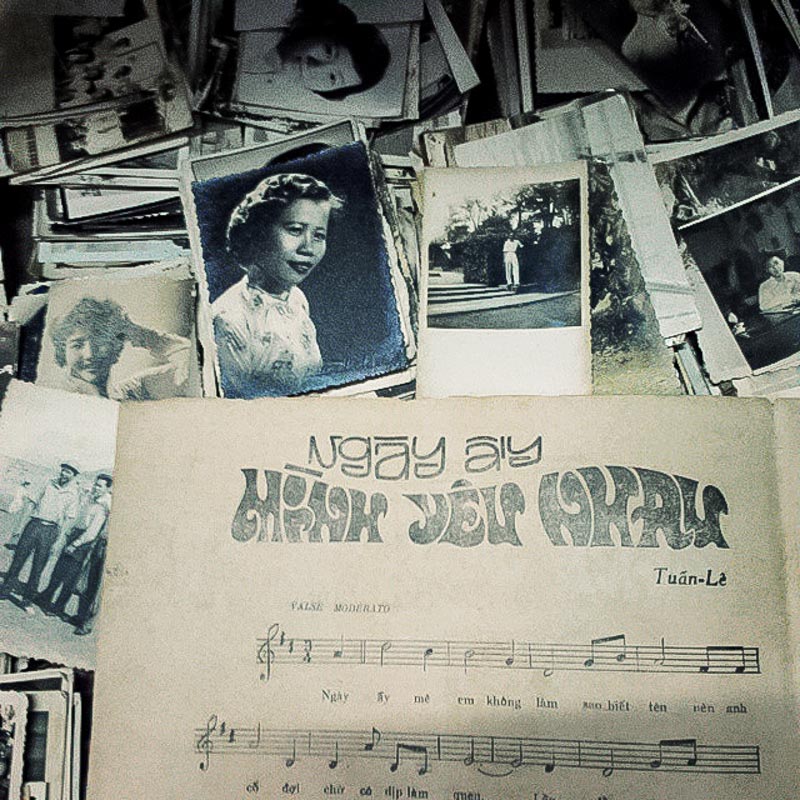
Like all other young folks who care about history, Le Quoc Huy searches and collects materials and pictures about old Saigon. However, his interests don’t lie in the flashy Cadillacs driving around Lam Son square, or the ladies strolling along the streets in their elegant “áo dài”. What Huy’s obsessed with are the hand-drawn advertising banners, billboards and signs that inundated every nook and cranny of the city once called “the Pearl of the Far East”. In love with the old hand-crafted typeface, Huy has researched and archived the remaining ones, the people and their stories through a community project #thelosttypevietnam.
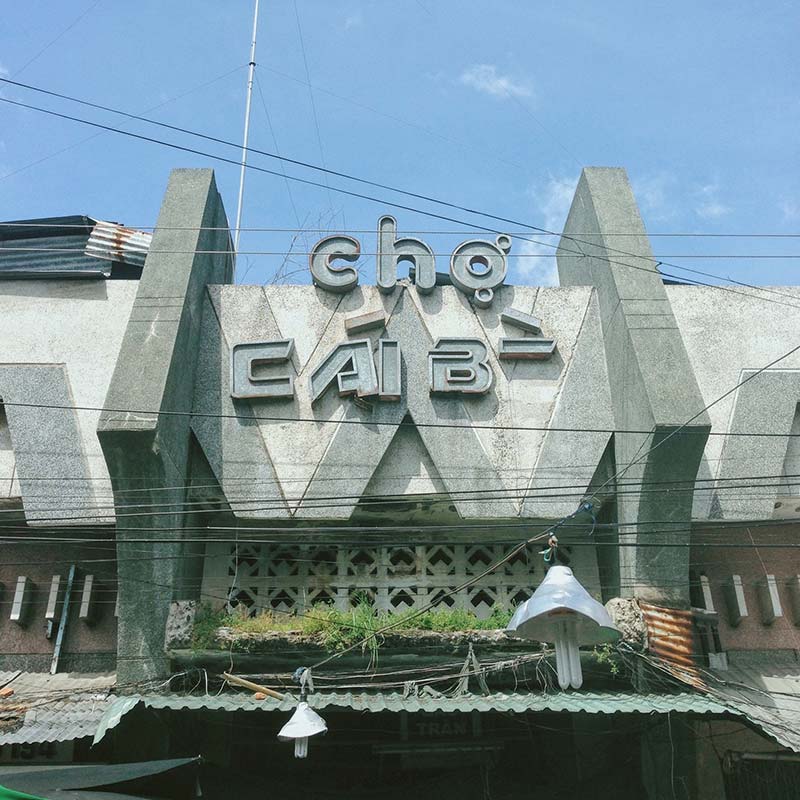
How did you start photography?
It was during my second year at college when I had an assignment to shoot and edit ten images. I began to like photography since then, but it was mainly because of my poor drawing skill despite being a graphic designer. Photography hence became an assisting tool for my work.
What draws your interest in traditional typography on old advertisement boards?
I noticed how newly popular types enable brands to gain widespread public attention quickly. However, these types are soon forgotten once they’re no longer trendy. On the contrary, I found that most of the old hand-drawn types used by many family businesses over the years have character. Beyond the function of a marketing tool, many signs and types have become ‘relics’ treasured by the owners.
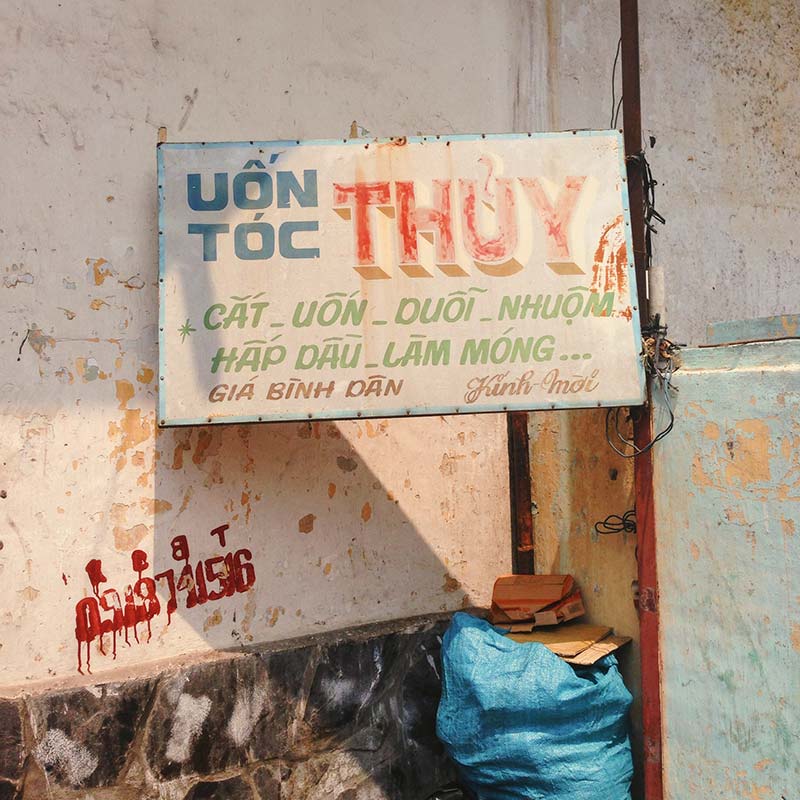
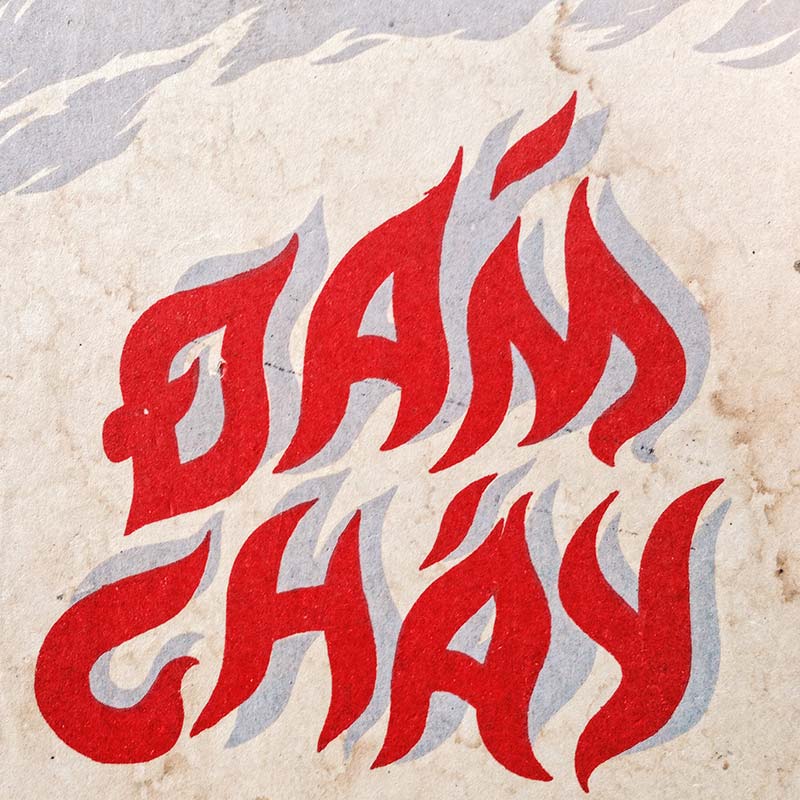


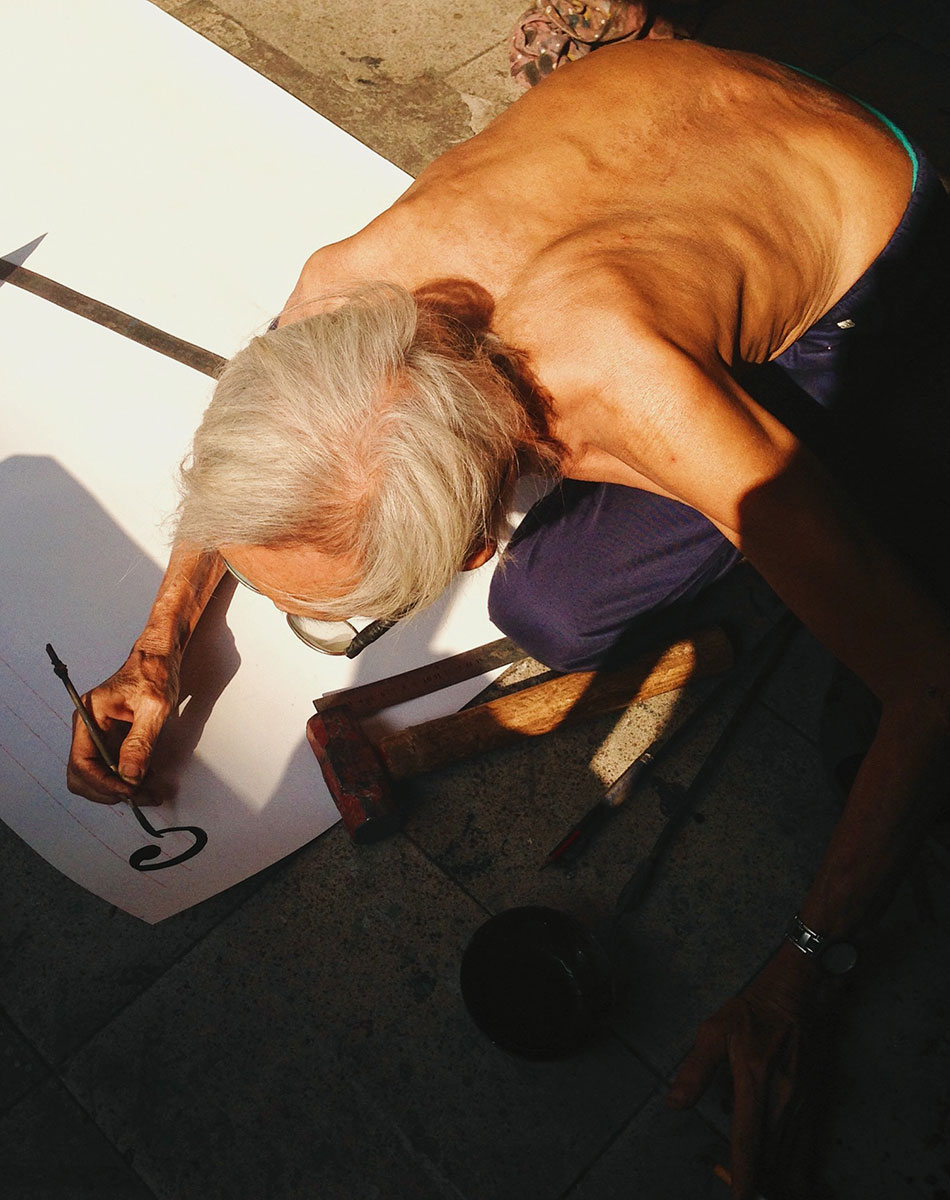
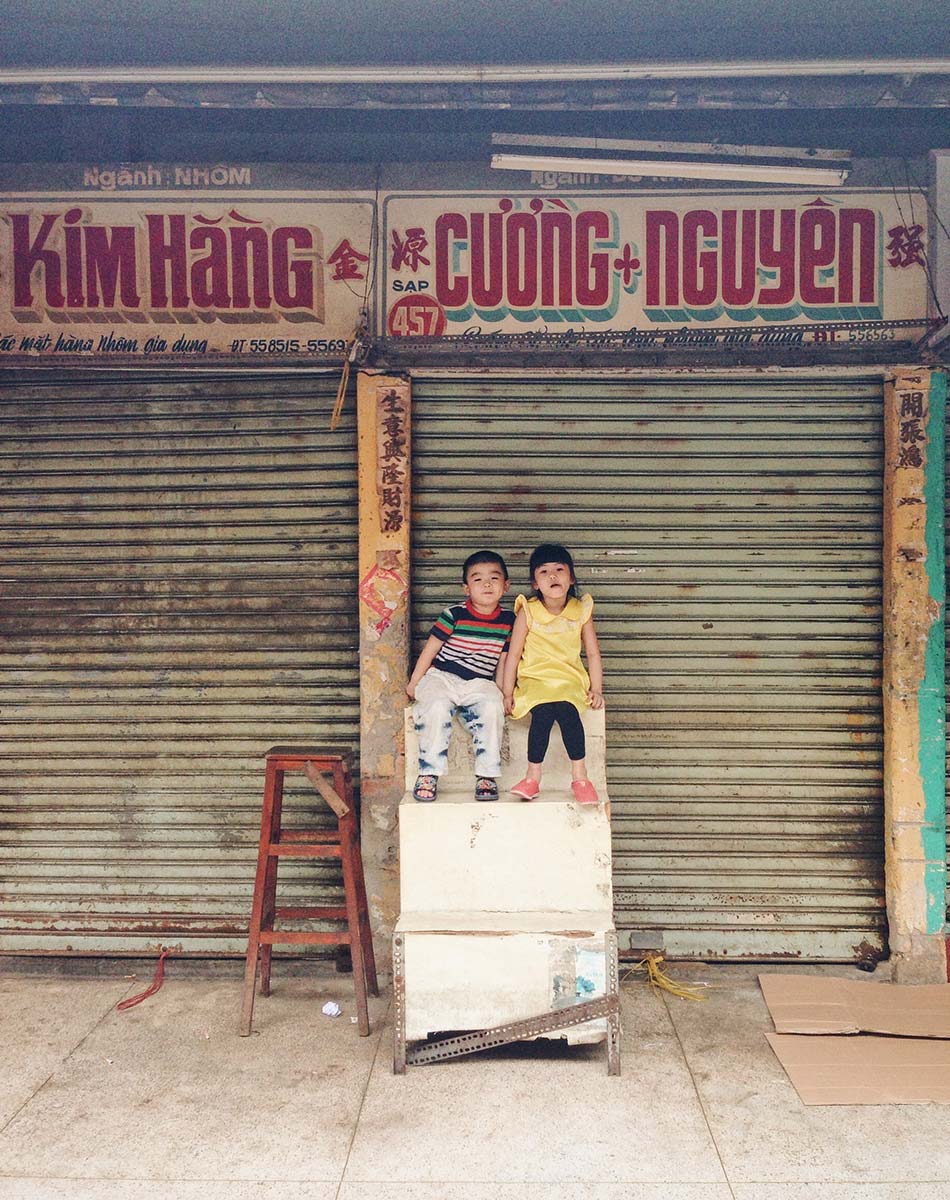
If photography is nothing more than just a tool for your job as a graphic designer, why do you include a human element in your photographs instead of mere archiving?
In the beginning, my intention was just to photograph the signboards but slowly I felt something was missing. One day I realized that the values of these old signboards do not lie within just the visual impressions but also the stories they carry. Ever since I started to dig deeper into the history of each signboard, for example who purchased them, who designed them and the family members’ relationship with the signboards and the reasons they have been kept until now.
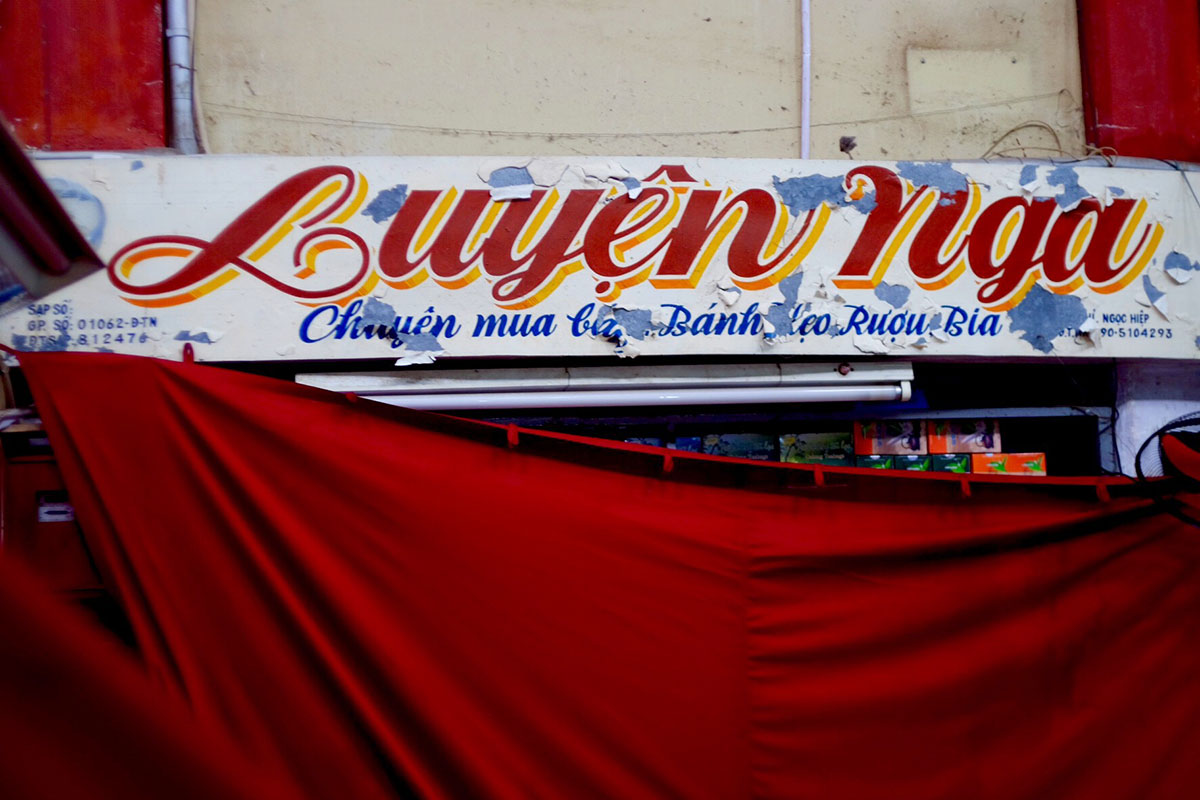
Recently, when the city decided to renovate Binh Tay market in Cho Lon after almost 90 years of operation, Huy knew that many decades-old billboards were at risk of disappearing. He and his friends decided to produce a collection of 5 small books filled with photographs, texts and drawings about the market. By printing the images to the full size of the pages, Huy managed to place the viewers within the old market space and to let them feel the surroundings for themselves. Huy’s books are specially designed like old personal phone books, the backbone of all sale businesses during the pre-smartphones era. In between every 4-5 pages of photographs, there is a page scribbled with phone number of different kiosks in the market, sketches or quotes and texts from locals.
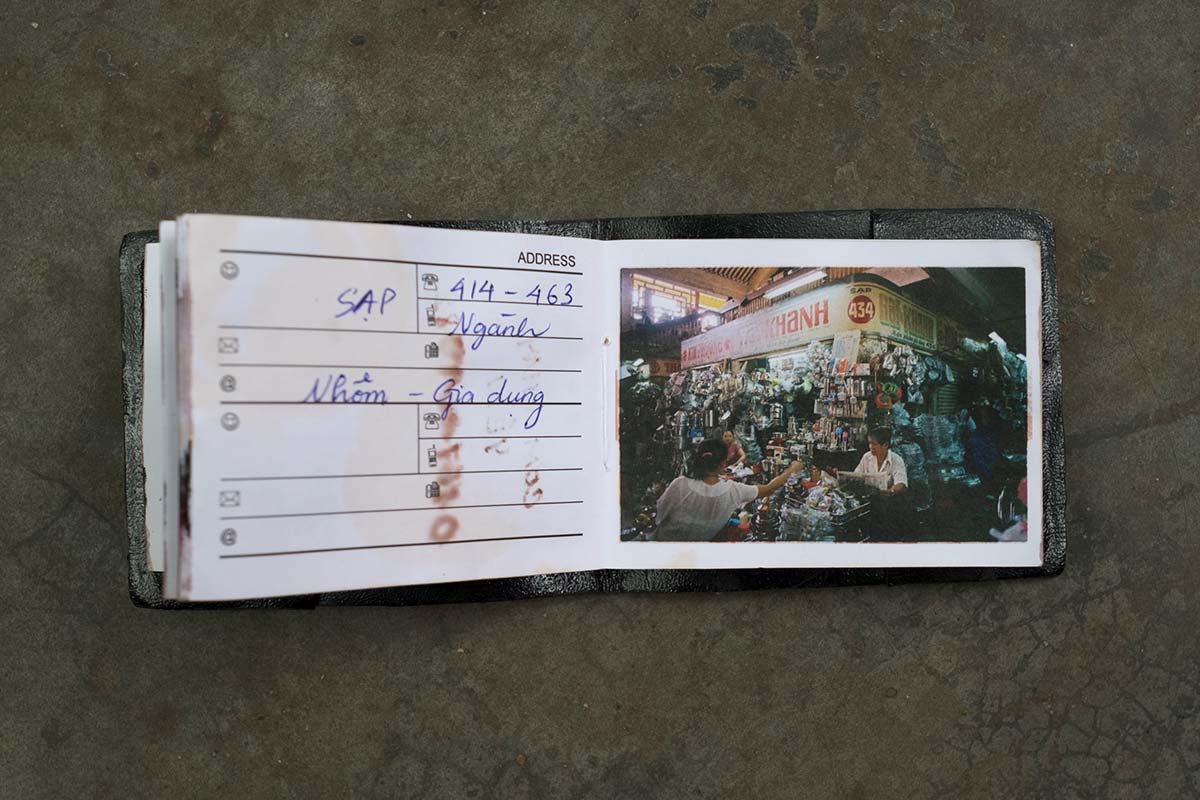
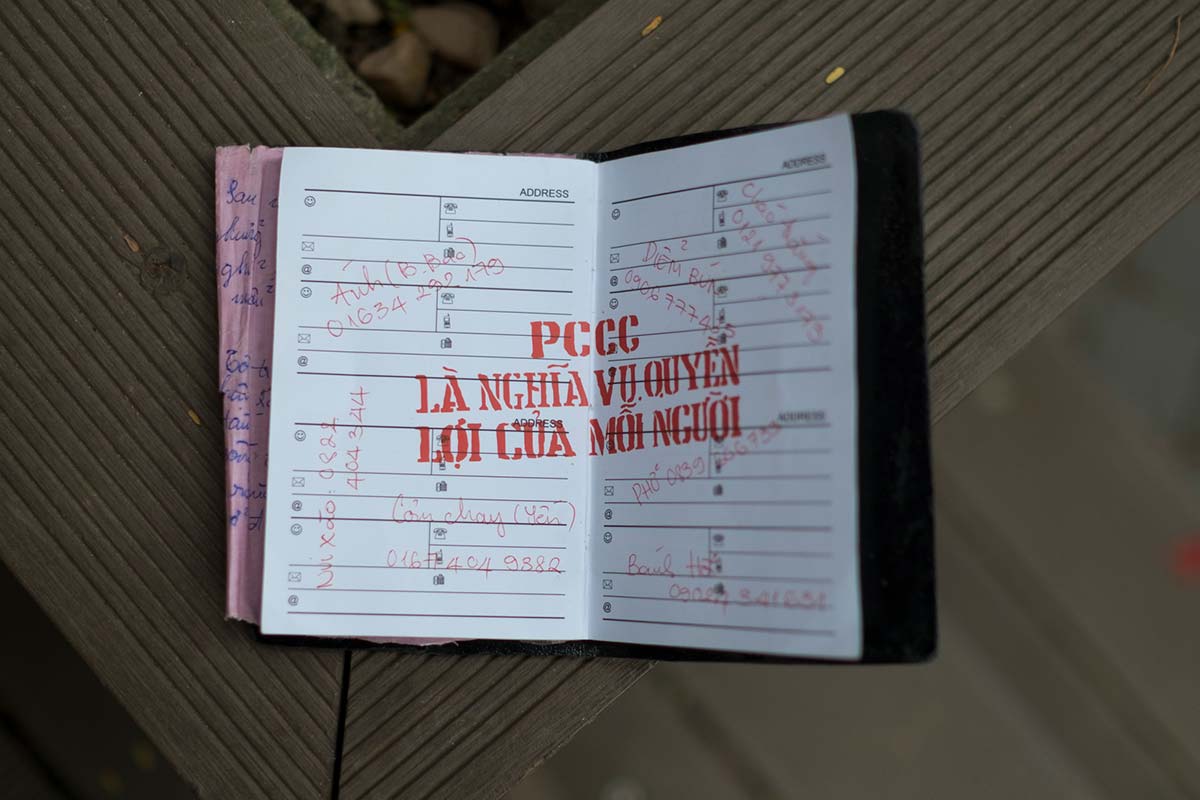
At the moment of this article, the stories that Huy has collected are just fleeting details on the surface, but with a frank approach and a unique storytelling style through the signboards, there will be many more deeply layered narratives about Cho Lon to come. After all, Huy affirms that despite not considering himself a photographer, he has a long story to tell and photography has become the main part of its vocabulary!
Le Quoc Huy is a Ho Chi Minh City based graphic designer who focuses on traditional materials. He initiated the #thelosttypevietnam community project, which collects and studies traditional hand-drawn typogrpahy.
Follow him on Facebook and Instagram.
